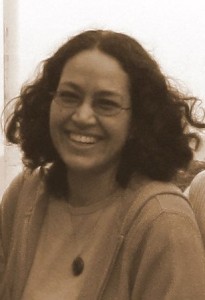TASK THREE
Reading: Kessler, Greg. “Formal and Informal Call Preparation and Teacher Attitude toward Technology.” Computer Assisted Language Learning. 20.2 (2007): 173-188. Print.
The article contrasts formal and informal language teacher professional development in the use of technology. Briefly describe each of formal and informal professional development. Discuss the effectiveness of each in improving language teacher use of technology in the classroom and language teacher attitude towards the use of technology. Use 250 words in your response.
For the purpose of Kessler’s research, formal instruction in the use of Computer Assisted Language Learning (CALL) is provided by formal language teaching preparation programs, specifically, TESOL masters programs (2007, p.174). The informal professional development in the use of CALL includes “In-service participation, conference attendance, brief training sessions, online collaboration and listserv participation” (p.179).
Kessler points out that “much of what happens in teacher preparation can be categorized as digital literacy or software specific orientation” (p.174), but beyond the mere use of a certain technology, what teachers need to know is its pedagogical application, they need to learn to make decisions about its instructional use: when does it save you time? When will it be just time consuming and you can teach without it? Is it really advantageous to use technology? Teachers should be able to evaluate pros and cons of the use of technology in their classrooms and the best place to learn about them is in the classroom itself.
I am not familiar with TESOL programs, therefore, I don’t know to what extent teachers in training have the chance to observe how technology is used in a class. But, I think that any professional training, like the teacher development program described in Sandholtz and Reilly (p. 505) can produce an improvement both in the (positive) attitude of the language teachers towards technology and in their use of technology for instruction, provided that teachers are given “opportunities to explore, reflect, collaborate with peers, work on authentic learning tasks, and engage in hands-on, active learning”. The most inspiring part of the program probably is the observation of someone else’s class. Seeing how other teachers include technology in their lesson plans provides ideas that can be adapted, but more importantly, allows foreseeing problems that might arise in the classroom, and this helps to anticipate solutions for those problems or situations. The collaborative way of learning to use information technologies in the class, I believe, encourages a more frequent or constant use of them as learning tools, which is a sign of the confidence teachers are growing in their use.


